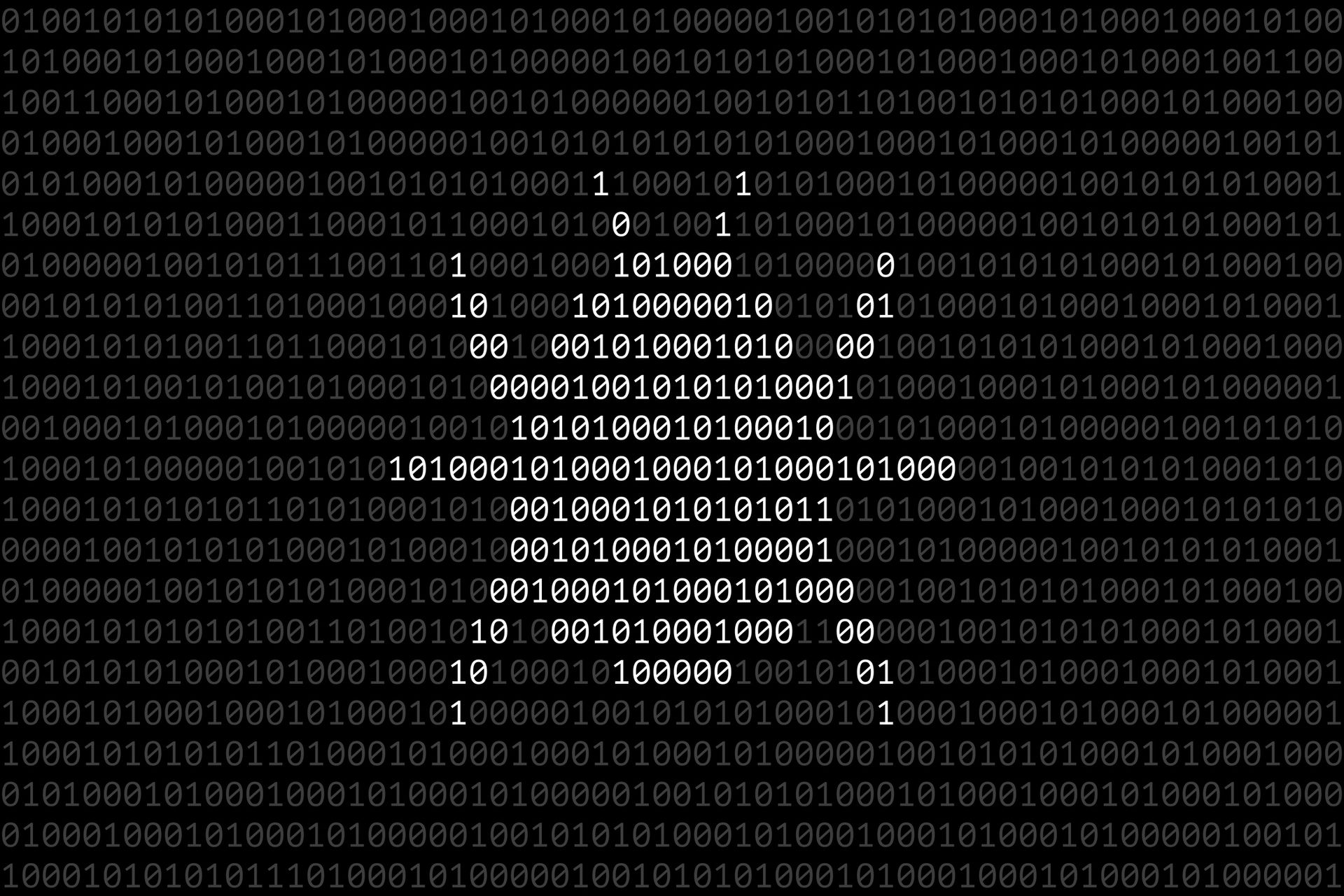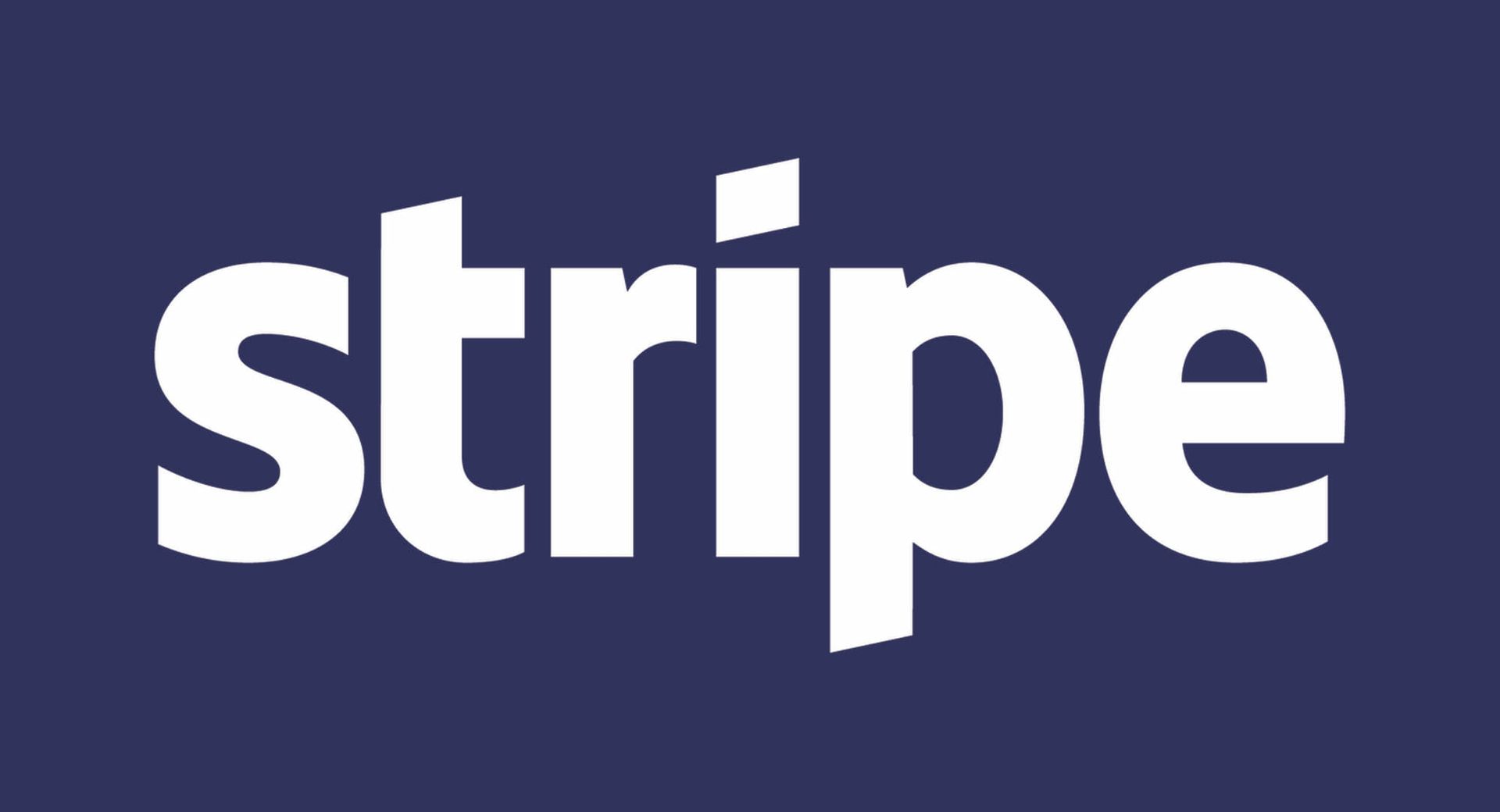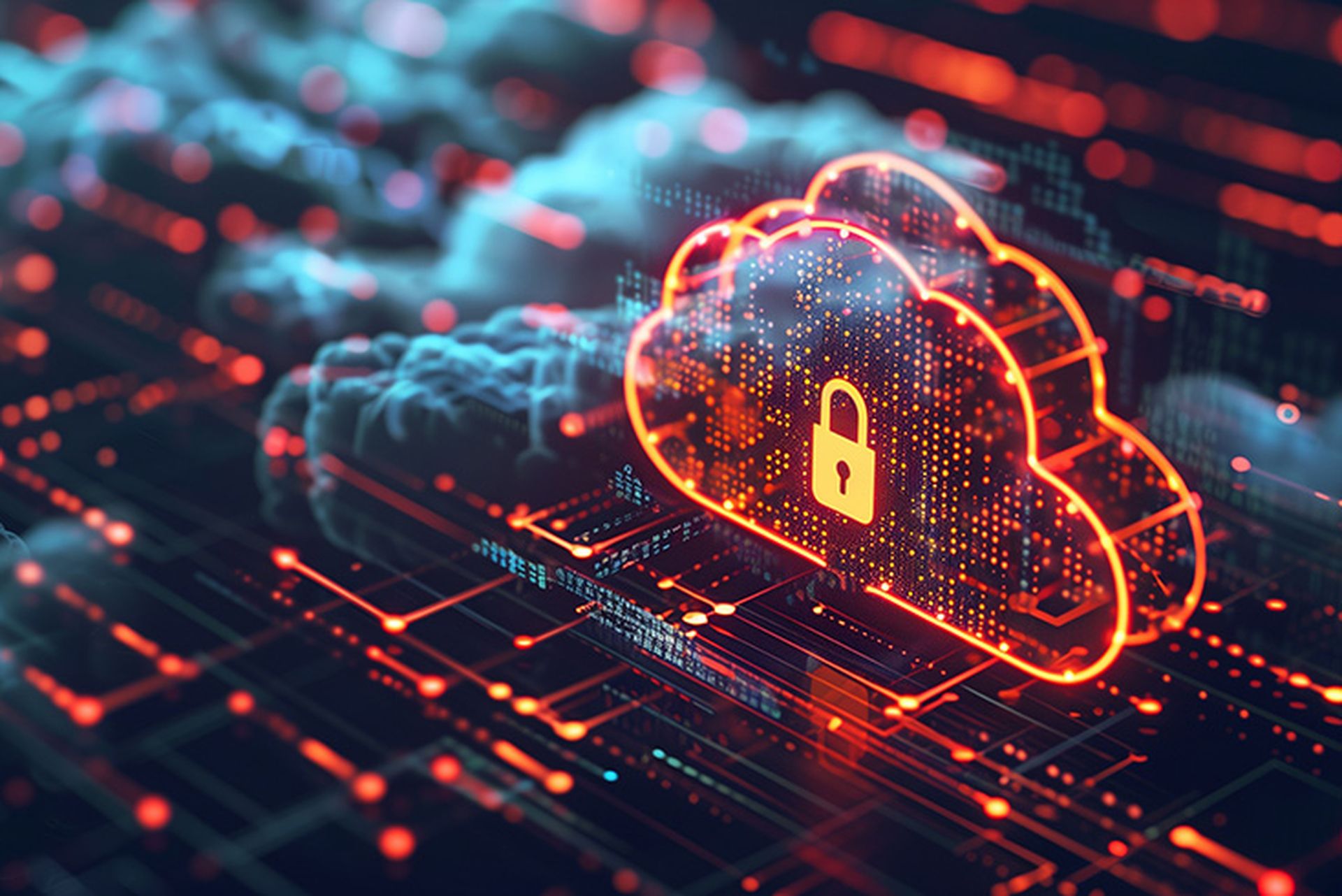COMMENTARY: In today’s cloud-driven world, data security and privacy are more critical than ever. As businesses increasingly depend on cloud services to manage sensitive information, compliance with standards like System and Organization Controls 2 (SOC 2) has become a priority.
SOC 2 compliance goes beyond fulfilling regulatory requirements—it demonstrates to clients that a company has implemented strong security controls. For Software-as-a-Service (SaaS) providers operating in the cloud, achieving SOC 2 compliance bolsters security and also delivers a competitive edge. Many SaaS providers proudly display their SOC 2 certification on their websites, signaling trustworthiness to potential clients. CISOs and other security pros evaluating vendors need to look for SOC 2 compliance as evidence that they can move forward and trust their corporate data to the SaaS provider. Additionally, possessing this certification can significantly streamline vendor questionnaires during procurement processes, saving time and effort.

SOC 2 compliance defined
SOC 2, an auditing standard established by the American Institute of CPAs (AICPA) aims to ensure that technology service providers manage data securely, safeguarding the privacy and interests of their clients. It outlines specific criteria that service organizations—particularly those in technology and cloud services—must meet when handling customer data.
[SC Media Perspectives columns are written by a trusted community of SC Media cybersecurity subject matter experts. Read more Perspectives here.]
The AICPA based SOC 2 on these five criteria:
Any organization that stores, processes, or transmits customer data—particularly technology and cloud-based services like SaaS providers—should prioritize SOC 2 compliance. It’s especially critical for businesses handling sensitive client information or data subject to regulatory oversight, such as financial institutions, healthcare providers, and legal firms. Achieving SOC 2 compliance reassures clients that a provider can safeguard its data and uphold stringent security standards.
For cloud-based SaaS providers, SOC 2 certification helps attract new customers and also aids in retaining existing ones and expanding into regulated industries that demand formal security controls. So when should companies like cloud startups begin pursuing SOC 2 certification?
The benefits are evident, as it demonstrates technical maturity and responsibility. However, the challenge lies in the time, effort, and resources required to complete the process—something young companies often lack. The short answer: if a company already has customers trusting them with company data, it’s worth pursuing. For small businesses, passing the audit tends to be less daunting, and it’s a significant asset when obtaining cyber insurance.
For SaaS providers operating in the cloud, SOC 2 compliance carries significant implications. Unlike on-premise infrastructure, where organizations have full control over physical and network security, cloud-based environments require a shared responsibility between the cloud provider (such as AWS, Azure, or GCP) and the SaaS organization. This shared model adds layers of complexity to both achieving and maintaining SOC 2 compliance.
Cloud-native SaaS providers must secure their own code and applications and also the configuration and management of the underlying cloud infrastructure. This requires implementing proper controls across several domains that demand specialized cloud expertise, such as identity and access management (IAM), data encryption, monitoring and logging, and vendor management.
As cloud computing grows, many SaaS organizations now operate in multi-cloud or hybrid cloud environments, further complicating SOC 2 compliance by introducing additional layers of complexity.
The next step is passing the audit. The SOC 2 certification process requires the following four stages:
Achieving SOC 2 compliance can take several months, depending on an organization's readiness and the scope of the audit. The process of auditing and maintaining SOC 2 compliance requires multiple steps. However, adopting some basic best practices can help organizations prepare for the audit and improve the company’s overall security posture:
Achieving SOC 2 compliance represents a significant milestone for any cloud-based SaaS provider. It demonstrates that the organization prioritizes data security, while also unlocking new business opportunities and building customer trust. While it’s a challenging process, by adopting best practices—such as automating security monitoring, maintaining thorough documentation, and conducting regular internal audits—companies can simplify the journey and have greater success.
Shira Shamban, co-founder and CEO, Solvo
SC Media Perspectives columns are written by a trusted community of SC Media cybersecurity subject matter experts. Each contribution has a goal of bringing a unique voice to important cybersecurity topics. Content strives to be of the highest quality, objective and non-commercial.




